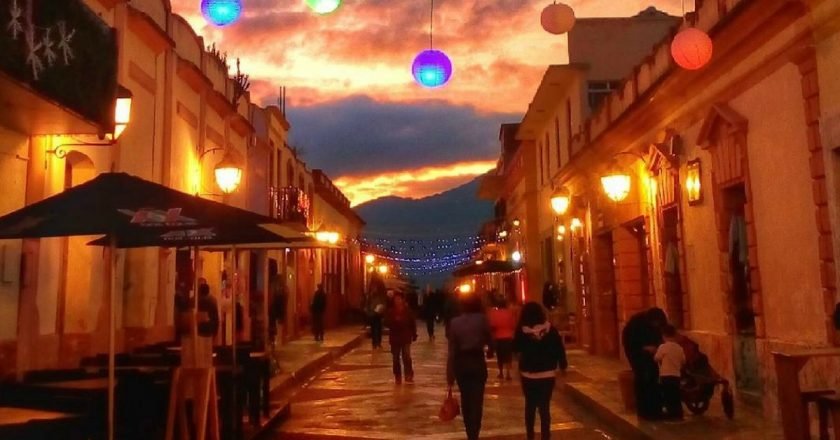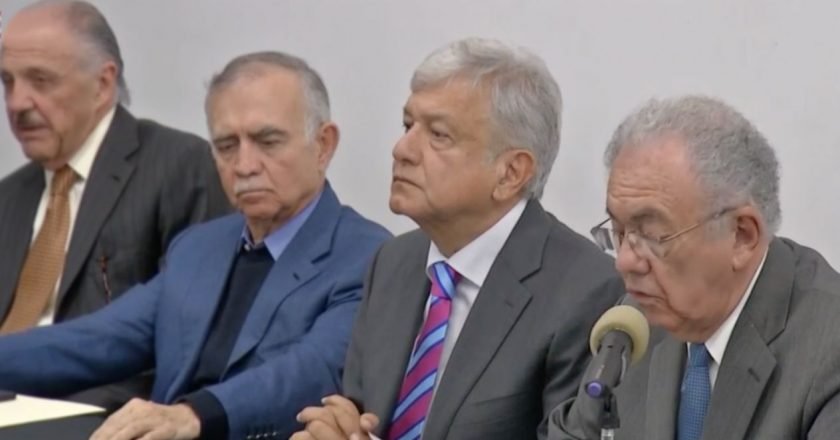Costco opened its first gas station in the state of Guanajuato this week, its fourth in Mexico. The spiffy new …


Costco opened its first gas station in the state of Guanajuato this week, its fourth in Mexico. The spiffy new …

Mexico is touted as a great place to get dentistry done, and most of that touting is from the industry …

Drones can invade privacy, they can cause accidents, they annoy birds, and they can really piss off pilots in actual …

Can you patent a recipe? Traditional Mixtec dishes from Oaxaca might soon be protected by a patent that has been …

Defining the size of Mexico’s middle class is more complicated than it is in the United States, where it is …

Oh happy day! According to our new president elect there will be no federal government inspectors including those from the …

Dia de muertos or day of the dead is a famous Mexican tradition. It is a day to honor the …

From today and until October 28th, polls will be open in order for Mexican people to decide the faith of …

Pipeline taps. Petroleum theft, committed by gangs of thieves known as huachicoleros, costs Pemex US $1.6 billion a year, and …

A new card robbing scheme has been caught on camera recently and there are reports that is being used all …